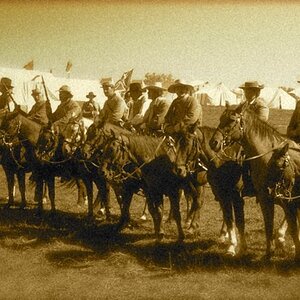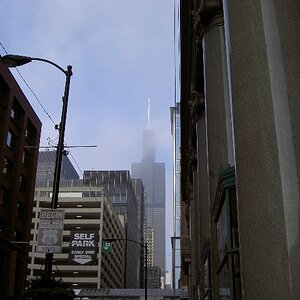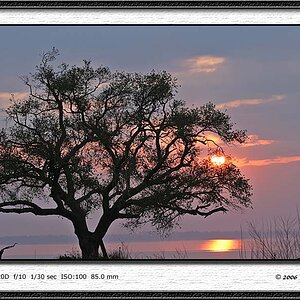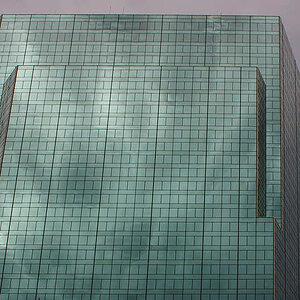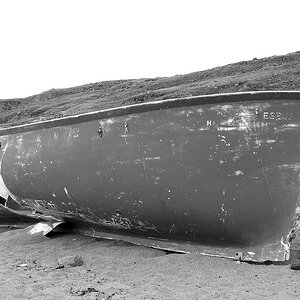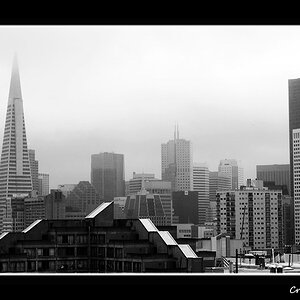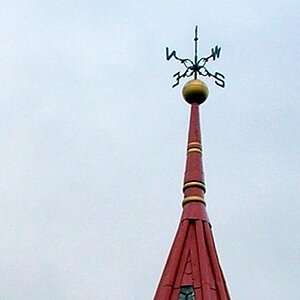GaryPolter
TPF Noob!
- Joined
- Sep 2, 2010
- Messages
- 6
- Reaction score
- 0
I'm a little confused by what is meant by focal length. Wikipedia says it's both how strong the light converges and the distance from the lens to the image plane. They also give an example that is not quite clear to me:
Assume the camera is set to a focal length of 50mm, and now I want to focus on an object 1000mm away. Wikipedia says "the lens must be moved 2.6mm further away from the image plane". Does this mean I change my focal length to 52.6?
The thin lens equation says 1/u + 1/v = 1/f. u is the distance from the lens to the object. v is the distance from the lens to where the image is formed. f is the focal length. So does the image sensor go on v or f?
Focal length - Wikipedia, the free encyclopedia
Assume the camera is set to a focal length of 50mm, and now I want to focus on an object 1000mm away. Wikipedia says "the lens must be moved 2.6mm further away from the image plane". Does this mean I change my focal length to 52.6?
The thin lens equation says 1/u + 1/v = 1/f. u is the distance from the lens to the object. v is the distance from the lens to where the image is formed. f is the focal length. So does the image sensor go on v or f?
Focal length - Wikipedia, the free encyclopedia




